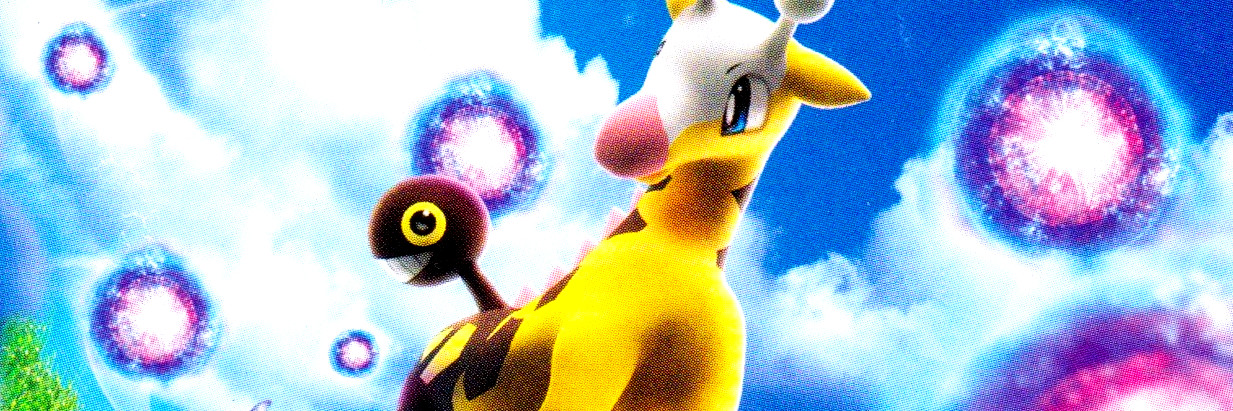Logos
Howd’y! It’s Michael Perez and I’m happy to share about what I believe is the most interesting engine and revived mechanic since the 2009-2010 era of Pokemon: the Lost Zone. The Comfey + Colress’s Experiment engine is so rewarding, punitive, and fragile. I’ve played over 500 games using a combination of Giratina Vstar, Kyogre CEL, Amazing Rayquaza, Radiant Charizard, and of course a handful of games with our own Cramorant/Snorlax version, and I don’t blame you if you feel lost. This engine has so many beautiful and frustrating intricacies and I learn new things often too.
Intro/Game Phases
I’ve mastered openings with these decks, and the midgame comes somewhat naturally to me. However the hardest part is the endgame, and I have a hunch our readers may feel similarly. There are a myriad of reasons why things can seem to be going smoothly in-game and then all of a sudden there aren’t enough resources to finish the game. Naturally, the pilot will be tasked with making a crucial decision during most games, whether it’s what is chosen from Colress’s or Flower Selecting. First things first: you gotta know your prize cards. Period.
Every missed opportunity to gain knowledge is a detrimental misplay while piloting these decks. During testing I look at my prizes in order to save a few minutes per game, but at tournaments the first time I search my deck, I know I’ll make an idiotic mistake if I don’t find out each and every prize card; every choice’s outcome is subject to the cards you have in circulation. Circulation means being in the deck, the discard pile and hand. Cards in the prizes and Lost Zone are not in circulation, and cards like Mirage Gate and Energy Recycler are no longer in circulation once they hit the Discard Pile.
Relative Value
Earlier today I used Flower Selecting and saw Colress’s and Cramorant, and I kept Colress’s Experiment, leaving myself with zero Cramorant in circulation because the other was in the prize cards. Despite this choice being correct in this scenario, it’s still crucial to understand the relative value of every card you see when using Comfey and Colress’s, because there will be predicaments where your options are 1) attacking this turn and 2) keeping Ordinary Rod in circulation, and sometimes it’s more correct to keep the recovery option (i.e. the Rod). One good way to determine the relative value of a given card is to play out the entirety of the remainder of the game in your head, and keep note of precisely which resources are necessary in order to execute that plan. In order to do this, however, you must have a clear prize map or maps thought out.
Having a clear understanding of your cards’ relative value will significantly lower the odds of running out of resources during the late game. I recognize this is a lot to consider and may blur the lines between the opening, midgame and endgame. That’s because the relationships between the three are in fact very intertwined and interdependent. Sometimes working toward two divergent endgames can be helpful.
For example: you have a potential endgame with Radiant Charizard and another with Sableye, and you have to pick between Mirage Gate and Klara. Both of these cards can assist in advancing toward either endgame, but which introduces less variance into the equation? One factor might be whether your opponent has Roxanne – might you rather thin your deck of those energy cards with Mirage Gate?
I don’t want to bore you with the several other questions that come to mind in that scenario because it’s just an example, but you undoubtedly need to ask and answer all of these questions before putting that card in the Lost Zone.
After upgrading to Stage 2 you will see an audio file of Andy Hyun reading this article here:  You must have a Stage 2 Membership or greater to see the rest of this post. If you don't have a Stage 2 account, you can Sign Up for one here.
You must have a Stage 2 Membership or greater to see the rest of this post. If you don't have a Stage 2 account, you can Sign Up for one here.
 You must have a Stage 2 Membership or greater to see the rest of this post. If you don't have a Stage 2 account, you can Sign Up for one here.
You must have a Stage 2 Membership or greater to see the rest of this post. If you don't have a Stage 2 account, you can Sign Up for one here.
